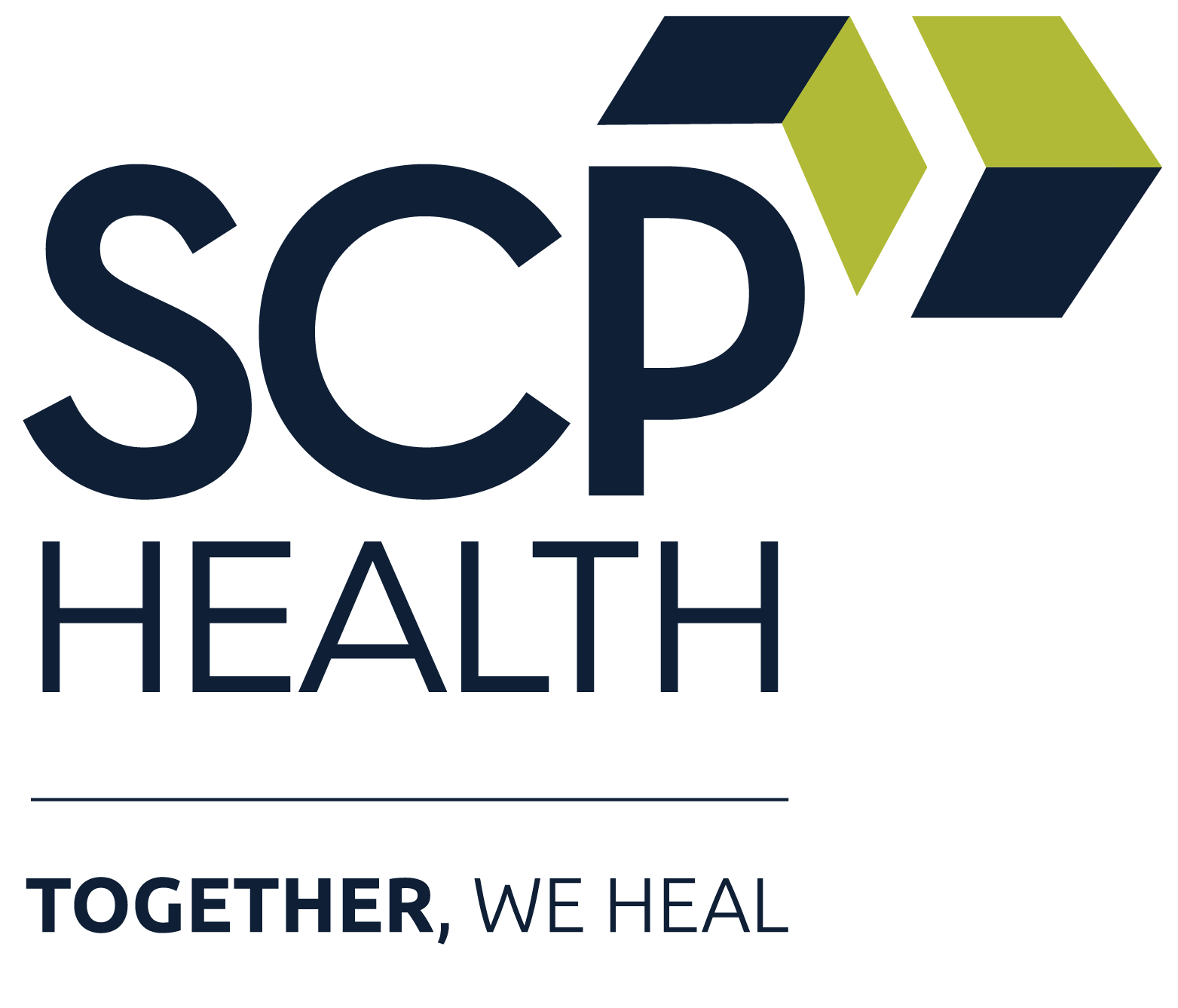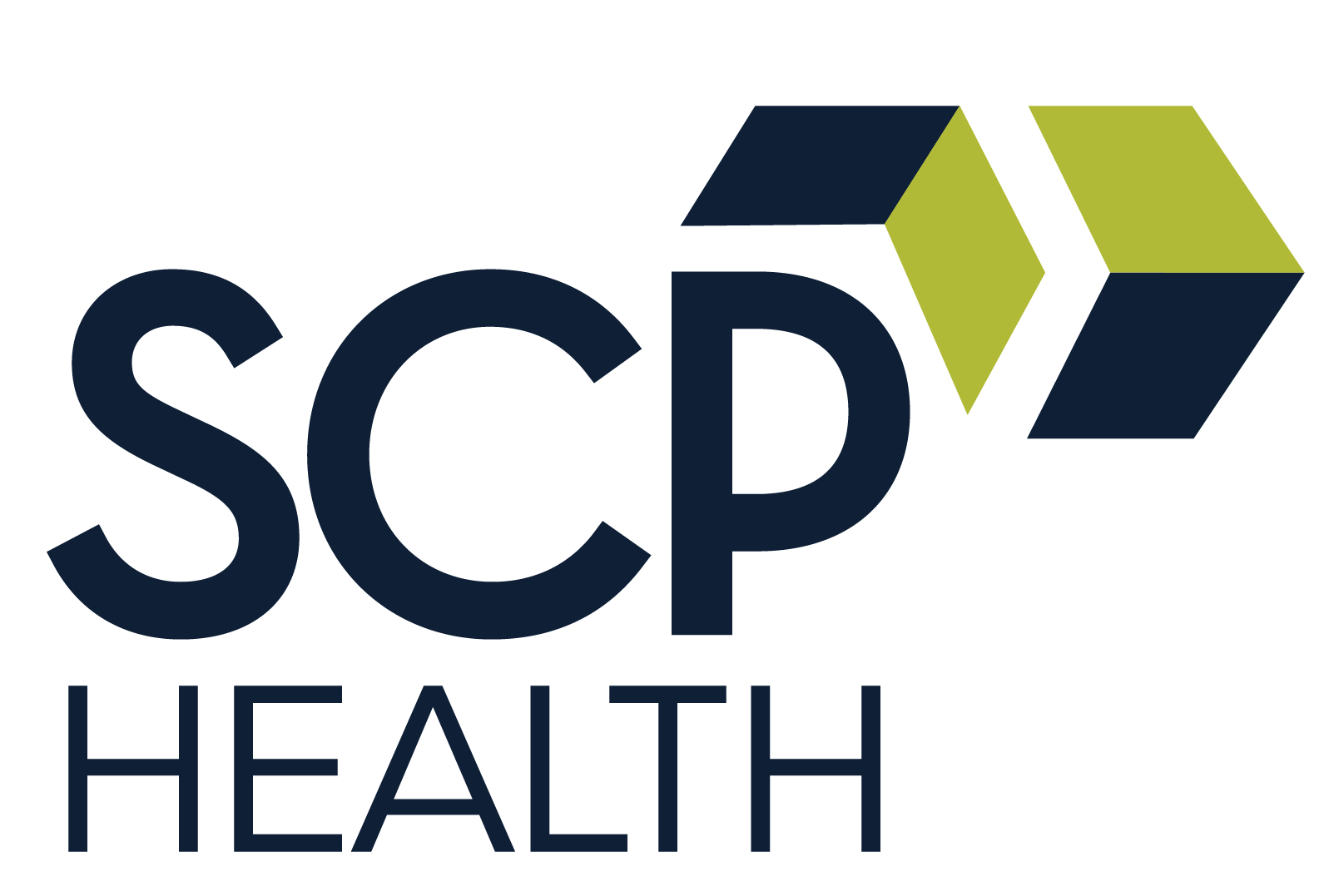Over the last few years, health care has continuously experienced dramatic shifts – in volume and acuity, care delivery, staffing, reimbursement, and public perceptions and expectations. The landscape will continue to change rapidly, creating an imperative for health care organizations to critically evaluate where to make changes and how to do so.
In order to continue delivering positive health outcomes, leaders must look for new ways to meet the needs of patients and clinicians, be able to continuously innovate as the environment evolves, and increase agility within their systems and structures. Consider these five strategies when evaluating your health system’s strategic plan:
1. Optimize Program Performance and Value with a Long-Term Lens
Evaluate your program’s effectiveness through measurable outcomes and long-term sustainability. With the high rate of change in the industry and increasing strains on reimbursement, now is the time to look critically at the quality and cost of your current program and ask questions such as:
- Is your program providing the level of care delivery and clinical quality needed to meet the needs of your patients?
- Are the acuity levels and delivered care accurately captured in documentation and represented in your reimbursement and revenue?
- Does your program provide the coaching, training, and development needed to effectively support clinicians?
- Will your program be able to survive in the current market and is it sustainable in the long-term?
If the answer to any of these is ‘no’, consider that it may be time to make a change.
2. Evolve Your Clinical Workforce Strategy
Today’s patients and clinicians require an approach that goes beyond traditional staffing models. Success requires flexible solutions that optimize clinical resources, deliver high-quality care, and ensure clinician satisfaction and retention. Utilize approaches such as dynamic scheduling to allow for more accurate coverage and build dynamic teams that can adapt to shifting patient volumes and acuity levels. Focus recruitment on finding clinicians who align with your culture and vision, then retain them through robust support systems, engaged local leadership, and clear paths for advancement.
3. Drive Operational Performance and Financial Stability
Sustainable physician services require sophisticated infrastructure that optimizes both clinical and financial outcomes. Deploy comprehensive systems for documentation, coding, and revenue cycle management that capture appropriate acuity levels and ensure proper reimbursement. Look for partners who bring proven expertise in quality management and value-based care programs, while offering the scale and resources of a national network. Modern programs need robust analytics capabilities to measure performance, identify opportunities, and drive continuous improvement.
4. Align Clinical Engagement with Organizational Success
Connect clinicians to both purpose and performance through engaged local leadership and meaningful professional development. Create opportunities for providers to shape quality initiatives while supporting them with mentorship programs and peer networks that foster belonging. When clinicians feel valued and supported, they become more invested in organizational goals.
Provide the infrastructure needed to achieve strategic objectives – from integrated emergency and hospital medicine workflows to sophisticated technology tools that reduce administrative burden. Focus on training programs that enhance both clinical skills and operational efficiency. This combination of purpose, growth opportunities, and operational support creates sustained engagement that naturally drives improvements in key metrics like length of stay and patient satisfaction.
5. Seek Balance to Increase Sustainability
In today’s dynamic health care environment, sustainable success requires careful balance across multiple operational dimensions. Leaders must optimize clinical quality while maintaining financial health, integrate standardized processes while preserving flexibility for local needs, and drive innovation without disrupting stable operations. This balanced approach ensures programs can scale efficiently while maintaining excellence in patient care.
Create balance across operations by:
- Combining clinical excellence with business acumen
- Implementing evidence-based systems while maintaining flexibility
- Developing local talent while leveraging national support
- Maintaining stability while driving innovation
- Creating scalable solutions for long-term success
Collaboration and Change
Implementing strategies such as the ones above is easier with a strong infrastructure and proven expertise. If you’re struggling with how to take action and enact change, it might be time to explore partnership options.
SCP Health’s team of clinical and operational specialists collaborates with health care organizations to create sustainable solutions to health care challenges. Contact our team to learn more about how we can accelerate your strategic goals while delivering exceptional patient care.






